A Virtual Oil Exploration Advisor - Virtual Exploration Insights
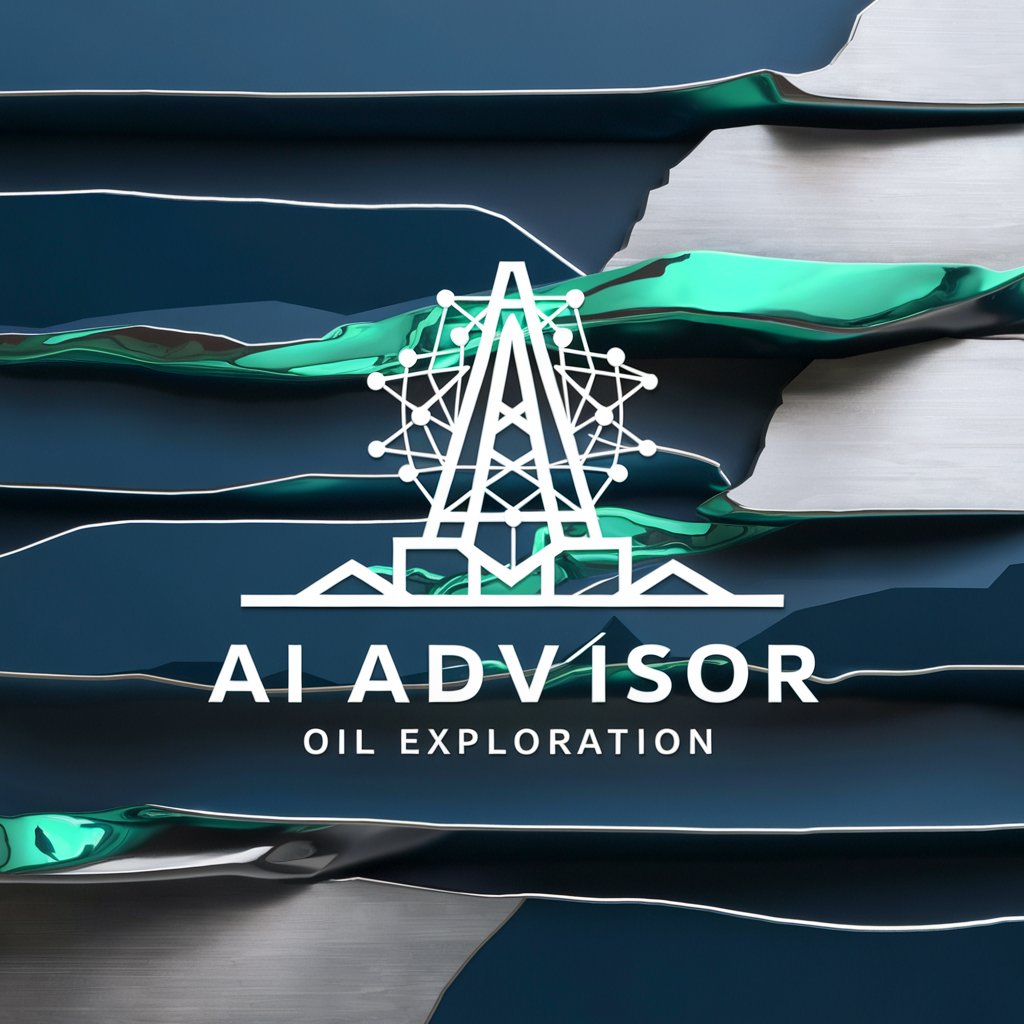
Hello! I'm your AI advisor for oil exploration.
Navigate Oil Exploration with AI Expertise
Analyze the geological data for potential oil reserves in the Gulf of Mexico...
Recommend the most effective exploration techniques for offshore drilling in deep-water regions...
Evaluate the risks associated with hydraulic fracturing in shale formations...
Stay updated with the latest advancements in seismic imaging technology for exploration purposes...
Get Embed Code
Overview of A Virtual Oil Exploration Advisor
A Virtual Oil Exploration Advisor is an AI-driven tool designed to enhance decision-making in the oil exploration sector. Its primary purpose is to provide comprehensive, data-driven insights to companies and professionals involved in exploring for oil and gas reserves. By integrating the latest geological and seismic data, the advisor can assess potential exploration sites, recommend the most effective exploration techniques, and evaluate the associated risks. This AI advisor is structured to stay updated with technological advancements in the field, ensuring that users receive the most current and relevant advice. For example, in evaluating a new drilling site, the advisor would analyze the site's geological data, compare it with historical exploration outcomes, and suggest the most suitable drilling techniques while highlighting potential risks and their mitigations. Powered by ChatGPT-4o。

Core Functions of A Virtual Oil Exploration Advisor
Update Geological Data
Example
Incorporating recent seismic survey results to refine oil reserve estimates.
Scenario
When a new seismic survey indicates potential oil reserves in a previously unexplored area, the advisor integrates this data, enabling a more accurate assessment of the site's potential.
Analyze Exploration Potential
Example
Evaluating the likelihood of oil or gas presence based on geological characteristics.
Scenario
For a site with complex geological features, the advisor utilizes its data bank to predict the presence of oil or gas, guiding investment decisions.
Advise on Exploration Techniques
Example
Recommending horizontal drilling in tight shale formations to maximize extraction.
Scenario
In areas where traditional vertical drilling has been less effective, the advisor suggests modern techniques like horizontal drilling to improve yields.
Perform Risk Assessment
Example
Assessing environmental and operational risks associated with drilling in sensitive areas.
Scenario
Before drilling near an environmentally sensitive zone, the advisor evaluates potential impacts, helping to plan mitigations and ensure compliance with regulations.
Stay Current with Technological Advances
Example
Integrating information on new seismic imaging techniques for better sub-surface visualization.
Scenario
As new imaging technologies emerge, the advisor updates its database, ensuring that exploration recommendations incorporate the latest in seismic imaging capabilities.
Target User Groups for A Virtual Oil Exploration Advisor
Oil and Gas Exploration Companies
These entities can leverage the advisor to make informed decisions about where to explore or drill next, optimizing their investment by focusing on areas with the highest potential for discovery.
Environmental Consultants
Consultants focused on minimizing the environmental impact of exploration activities can use the advisor to understand potential risks and plan effective mitigation strategies.
Research and Development Teams
R&D teams in the energy sector can utilize the advisor for insights into the latest exploration technologies and methodologies, driving innovation in exploration practices.
Government and Regulatory Bodies
These groups can use the advisor to evaluate exploration proposals, ensuring they meet current environmental standards and make use of the most effective and safe exploration techniques.

Guidelines for Using A Virtual Oil Exploration Advisor
Initial Access
Visit yeschat.ai for a free trial without login, also eliminating the need for ChatGPT Plus.
Define Objectives
Clearly outline your oil exploration objectives to align the tool's capabilities with your specific needs.
Data Integration
Incorporate your geological and seismic data into the tool for personalized analysis and recommendations.
Interactive Querying
Engage with the tool by asking specific questions about exploration sites, techniques, and risk assessments.
Regular Updates
Frequently update your data inputs and consult the tool for ongoing technological advancements in oil exploration.
Try other advanced and practical GPTs
Climate Change Impact Assessor
AI-powered Geological Climate Insights
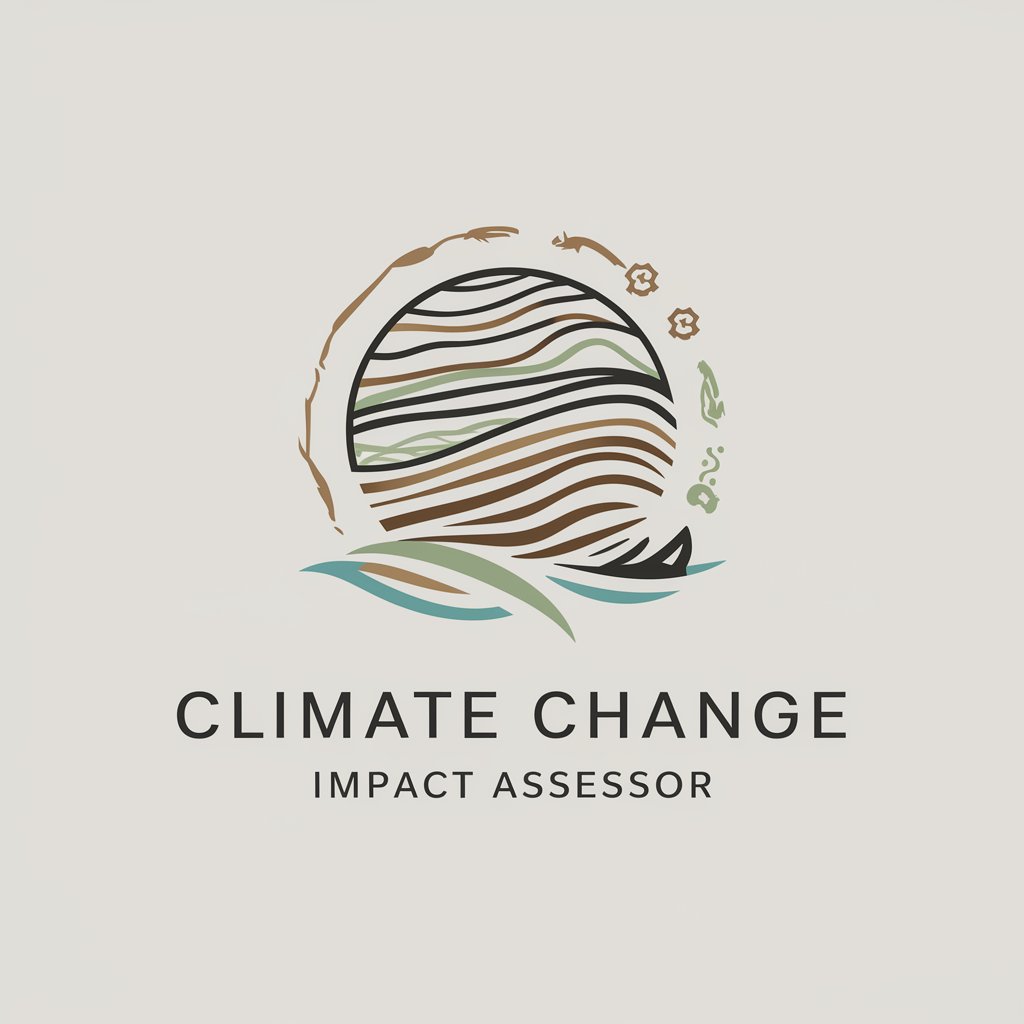
UAP Geological AnalystAI
Unveiling Earth's Secrets with AI
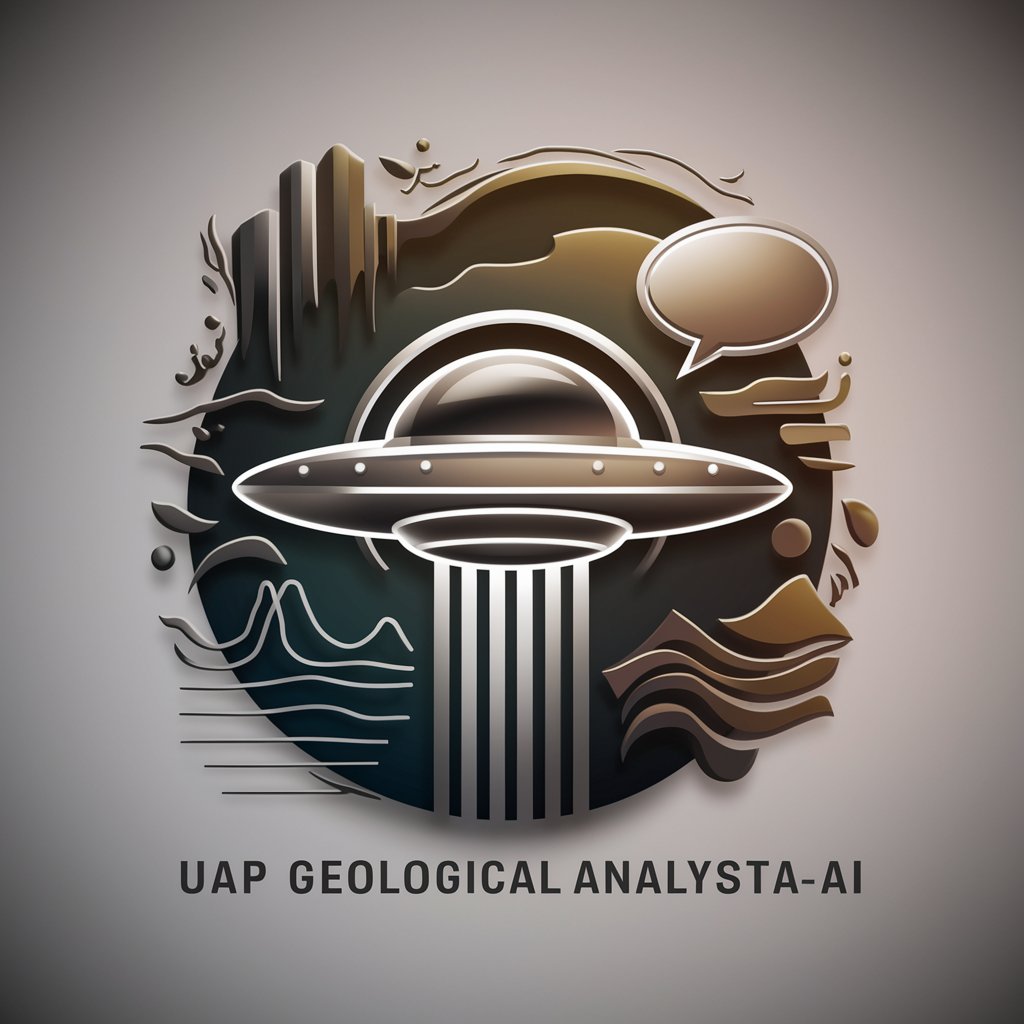
Voldy de Vacatureschrijver
Craft compelling job listings with AI.

Vacation Rental Marketing Pro
Revolutionizing Vacation Rental Marketing with AI

Vacation Rental Pro
Empowering Airbnb Hosts with AI

Vacation Rental Listing Creator
Empower Your Rental with AI

Automated Geological Report Generator
Streamlining Geological Insights with AI
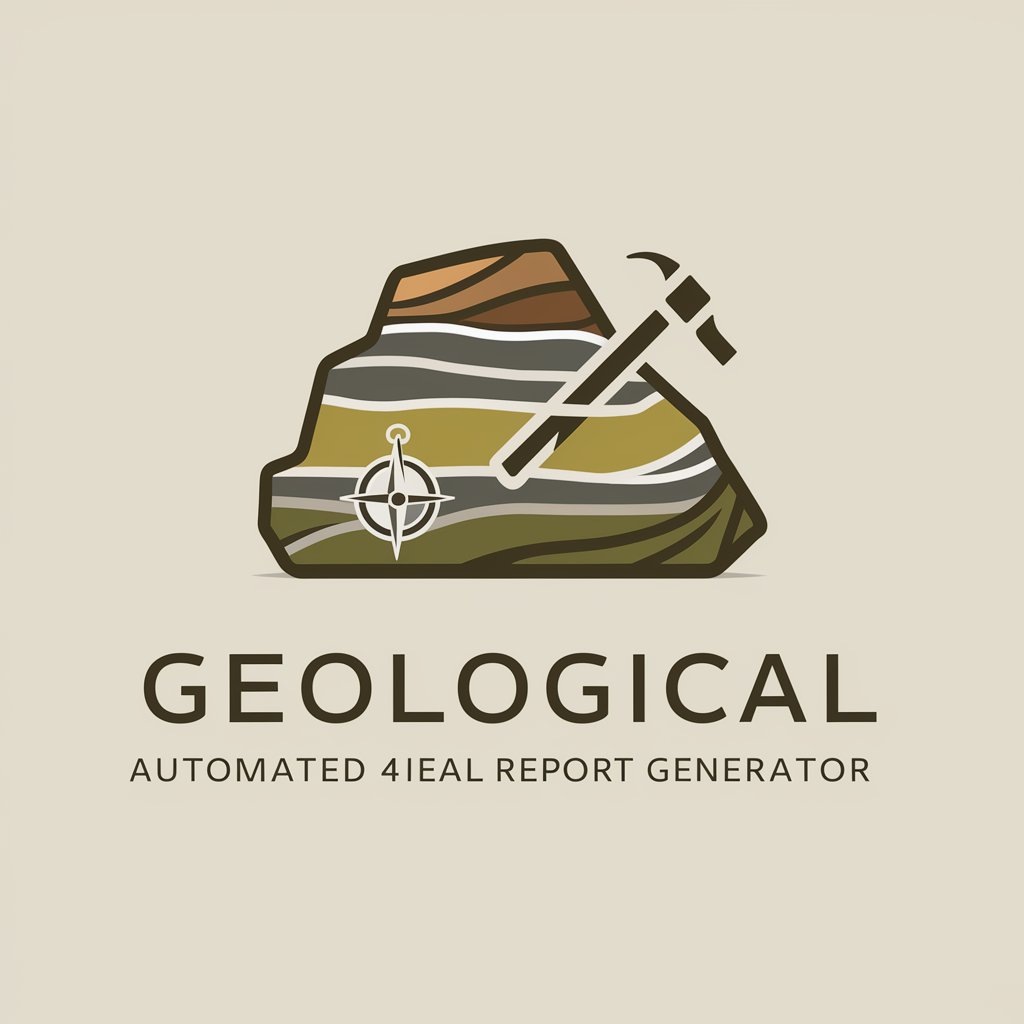
Geological Data Annotation Assistant
Unearth Insights with AI-Powered Geology
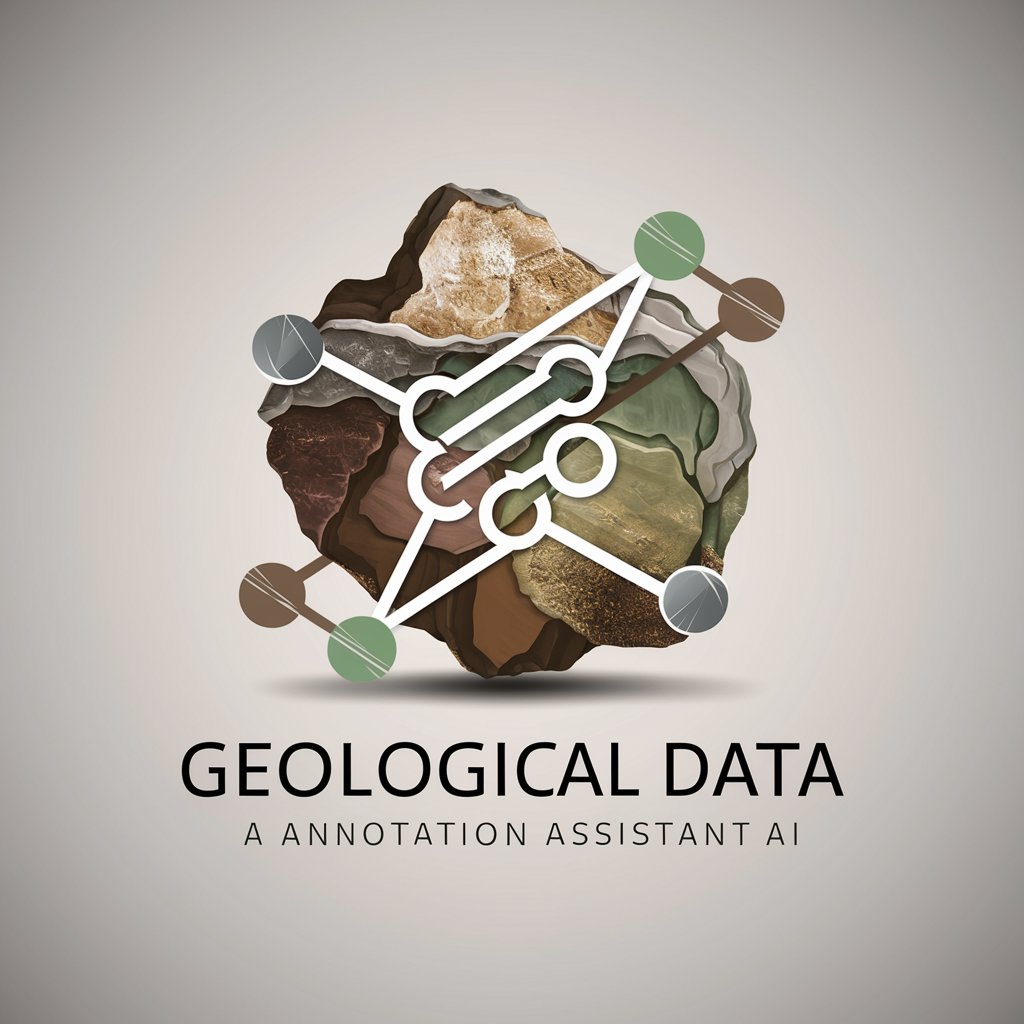
Streamer Navigator (H)
Discover Hulu's Best, Powered by AI
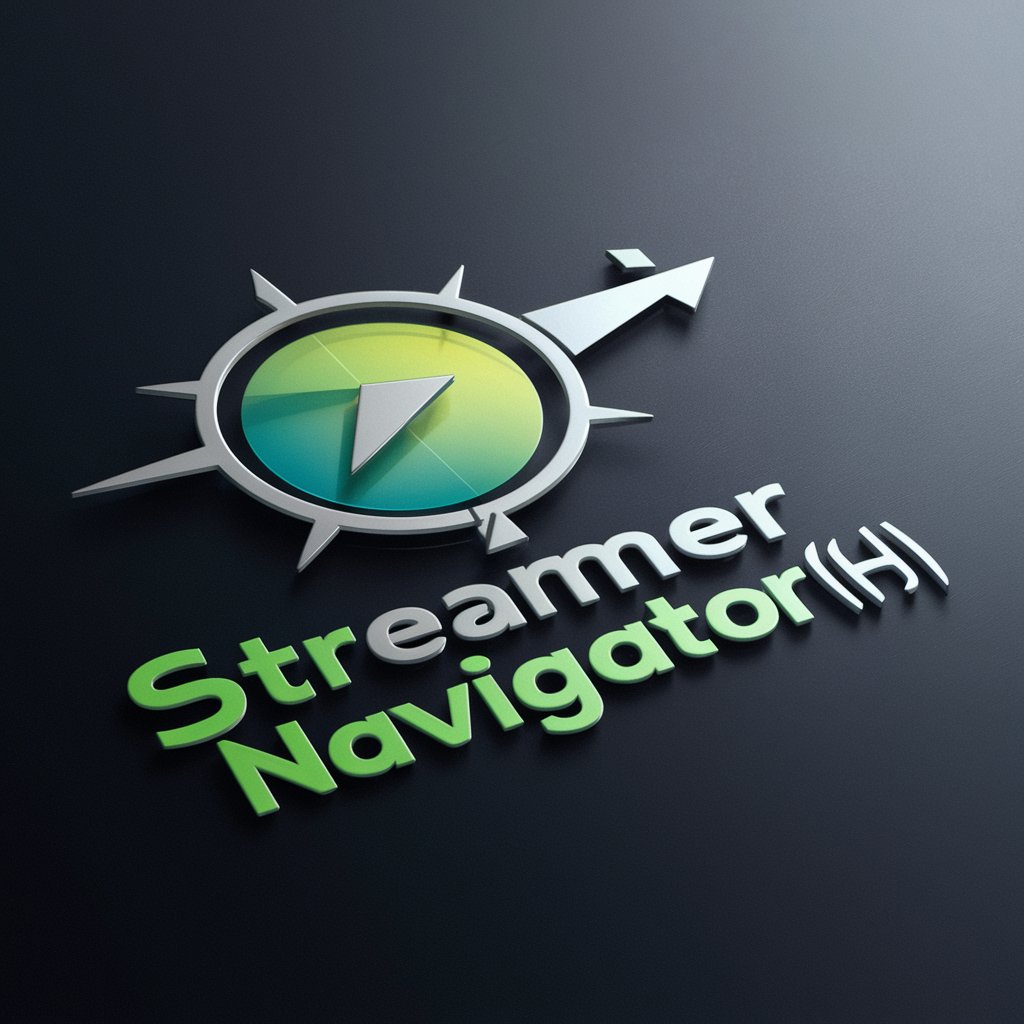
Bad Advice Bot
Humorously wrong advice, AI-powered.

Misguide
Mislead artfully, enlighten accidentally.

Email Subject Generator
Craft Captivating Email Subjects with AI

Frequently Asked Questions About A Virtual Oil Exploration Advisor
How does the Advisor analyze exploration potential?
The Advisor integrates your geological data and utilizes historical exploration outcomes to estimate the potential for oil and gas reserves at specific sites.
What kind of exploration techniques does it recommend?
It evaluates the geological context of your site and recommends exploration techniques that optimize effectiveness and efficiency, based on the latest technological advancements.
Can this tool perform risk assessments?
Yes, it assesses exploration parameters to evaluate potential risks and challenges, providing a comprehensive risk assessment report with mitigation strategies.
How does the Advisor stay updated with technology?
The tool regularly monitors and gathers information on recent advancements in exploration technology, ensuring the database reflects the cutting-edge.
Is the Advisor suitable for educational purposes?
Absolutely, it serves as an invaluable resource for academic institutions, offering detailed insights into oil exploration for educational and research purposes.
